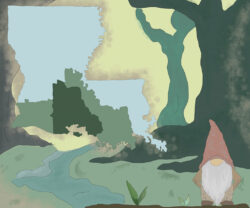Art
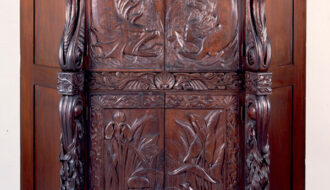
Bror Anders Wikstrom
Artist and designer Bror Wikstrom was active in New Orleans from 1883 to 1909 and was particularly well-known in the city for designing Carnival pageants.

Artist and designer Bror Wikstrom was active in New Orleans from 1883 to 1909 and was particularly well-known in the city for designing Carnival pageants.

Declared locally extinct in 1963, the brown pelican population rebounded in the state due to efforts by the Louisiana Department of Wildlife and Fisheries.

Brownie Ford was a Louisiana cowboy musician with an extensive repertoire of cowboy songs, frontier ballads, sentimental parlor ditties, and early country and western songs.
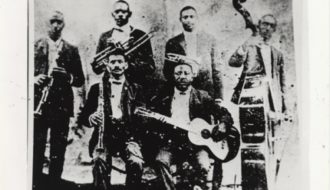
Cornetist Buddy Bolden was the first documented player of New Orleans jazz.
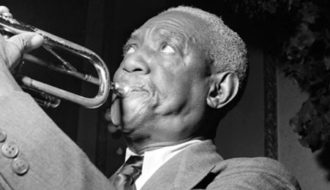
Bunk Johnson was a trumpeter and one of the leaders of the New Orleans jazz revival in the 1930s.
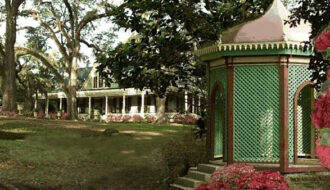
The Butler Greenwood plantation house is built in the Gothic Revival style, popular in the St. Francisville area.
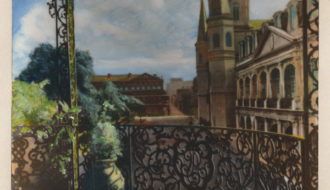
C. Bennette Moore established himself as a photographer of both portraits and scenic locales in New Orleans in the early decades of the twentieth century.

The Cabildo, one of three eighteenth-century structures that anchor New Orleans's Jackson Square, stands as a visual monument to Spanish rule in Louisiana.

This historic building in New Orleans has played an important role in Louisiana’s government and is now a museum.
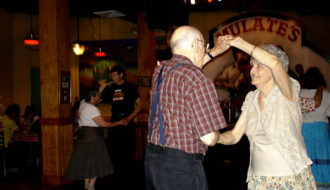
Cajun dance halls–salles de danse– are live music venues where dancing, courtship, and community building transpire.

Cajun folklife is a field of study that describes, catalogs, and deciphers meaning within the vernacular culture of Acadian refugees who settled in Louisiana.

Cajun Folktales are heavily influenced by French, West African, Caribbean, Acadian, German, and American South oral traditions.
One-Year Subscription (4 issues) : $25.00
Two-Year Subscription (8 issues) : $40.00
